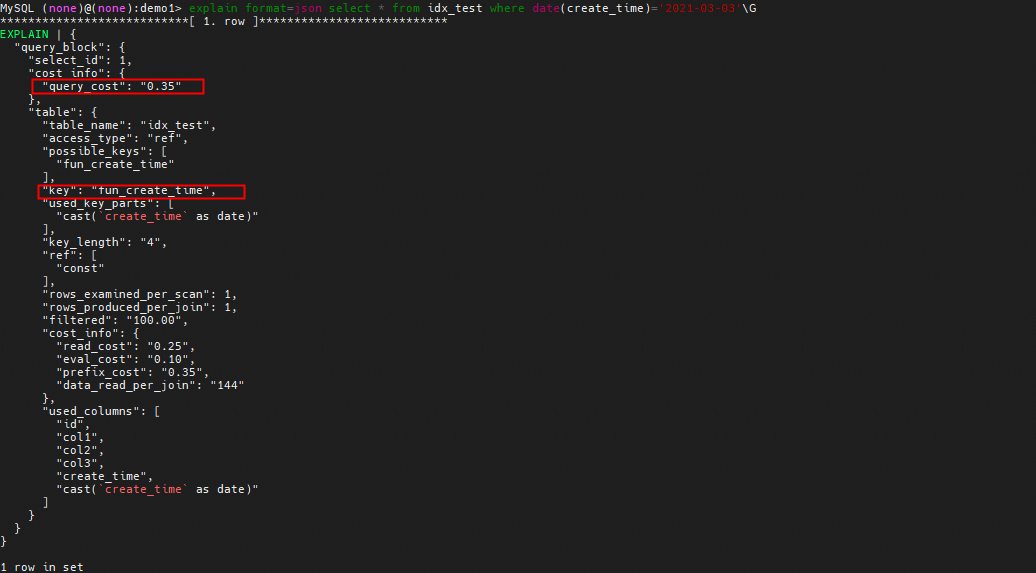
ingress是一个API资源。
其核心作用是nginx网页服务器。
当客户端访问服务器不同的url时,
用不同的location提供服务。
在k8s之外,nginx的配置一般如下:
http {
server {
listen 80;
server_name localhost;
location / {
root html; # 网页文件根目录
index index.html index.htm; #默认首页
#设置默认首页为index.html,当用户在浏览器地址栏中只写域名或IP,不说访问什么页面时,服务器会把默认首页index.html返回给用户
}
location ~ \.php$ {
# "~"匹配正则表达式,
# 当用户访问以.php结尾的网页文件时,服务器按照此模块的定义,提供动态网页服务
root html;
fastcgi_pass 127.0.0.1:9000;
fastcgi_index index.php;
include fastcgi.conf;
}
}在k8s平台,ingress调用nginx的服务,来实现不同的url对应不同的location.
用命令行创建ingress资源文件模版时,需要指定两个参数,
一个是--class=
另一个是--rule=
--class是控制器的类,表明ingress要调用哪个控制器的类作为ingress资源的控制器,
可选nginx和haproxy,一般用nginx
--rule是控制器提供服务的规则,
相当于平常写的location,
在k8s,用命令行创建ingress资源文件的模版时,
一般用--rule="/path=svc:port"来实现"location"的功能。
比如--rule="/hello=hello:3579"
当用户访问/hello路径时,ingress提供名为"hello"的服务,hello服务使3579端口
资源文件如下:
spec:
ingressClassName: nginx
rules:
- http:
paths:
- pathType: Prefix
path: /hello
backend:
service:
name: hello
port:
number: 3579path对应backend:
backend是service,也就是服务
服务名为hello,端口号为3579
定义一个服务名为hello,端口号为3579的后端服务。ingress就能连接到这个服务了。
资源文件如下,是一个nodeport类型的服务(service):
---
kind: Service
apiVersion: v1
metadata:
name: hello
spec:
type: NodePort
selector:
app: website
ports:
- name: web
protocol: TCP
port: 3579
targetPort: httpnodeport是个端口转发类型的服务,
当服务请求到达一个计算节点时,
这个服务将被转发到一个后端端口,
图中的例子,后端端口是http.
而这个http实际上,
就是deployment管理的pod中的容器,所监听的端口名。
在deployment的资源文件中,
定义了一组以http为监听端口名的pod
资源文件如下:
---
kind: Deployment
apiVersion: apps/v1
metadata:
name: deployabc
spec:
replicas: 3
selector:
matchLabels:
app: deploy-web # deployment通过这个标签来确定哪个Pod由它来管理
template: # 定义用来创建 Pod 的模板,以下为 Pod 定义
metadata:
labels:
app: deploy-web
spec:
containers:
- name: apache
image: myos:httpd
ports:
- name: http # pod中,容器监听的端口名
protocol: TCP # pod中,容器监听的端口的协议
containerPort: 80 # pod中,容器监听的端口号
那么服务请求就会到达pod中的容器。
其实步骤也可以概括为,
客户端---> ingress---> service---->depolyment
因为deployment的具体运作,前面的步骤是可以不用关心的。
deployment定义好其管理的pod的模版的详细情况,包括pod中的容器的信息。
根据这个pod的模版,deployment就可以实时的调整pod的数量
按照需求,来进行弹性管理。
来提供一个自动化管理的pod的集群。


















